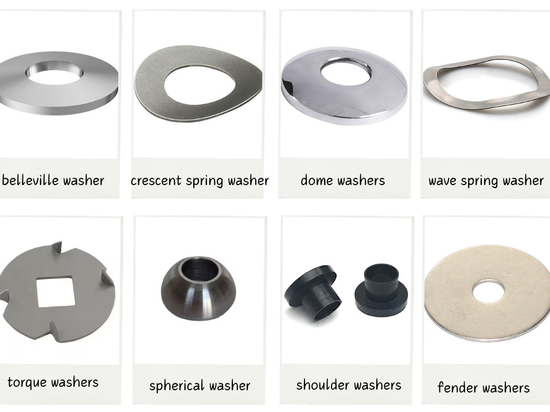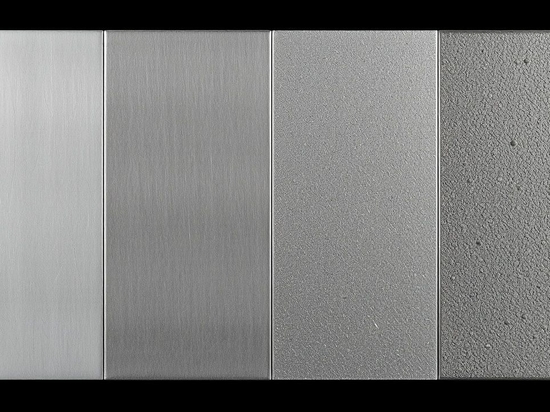
#Industry News
What are the main components of a CNC milling machine?
5 types
A CNC mill is a computer-controlled, automated device that uses cutting tools and controlled motion to shape materials into precise parts.It can be divided into five categories: CNC system, spindle motion, feed motion, machine structure, and auxiliary devices.
At the helm of every CNC milling machine is a CNC (computer numerical control) system. It integrates hardware and software to realize automatic control and coordination of the entire processing process. The main components are: CNC controller, control panel, feedback loop (encoders and sensors).
The spindle motion system is the power source of CNC milling machines. It converts input from the CNC controller into controlled rotational motion of the spindle. This motion, in turn, drives the cutting tool to perform various milling operations, including grooving, drilling, contouring and other cutting processes.
The feed motion in a CNC milling machine is similar to the muscular system that controls body parts. It is a vital basic concept in CNC machining, responsible for controlling the movement of the workpiece or tool relative to the machine. This is achieved via three main axes: X, Y and Z, allowing movement in different directions.
X-axis: The X-axis mainly controls the horizontal movement of the workpiece, making it move left and right reciprocally.
Y axis: The Y axis controls the movement of the workpiece in the direction perpendicular to the X axis, allowing it to move forward and backward.
Z axis: The Z axis controls the vertical movement of the tool on the CNC milling machine to facilitate up and down reciprocating movement.
The mechanical structure of the machine tool is like the bones of the human body, forming the basic framework of the entire machine tool. Many high-speed machine tools now choose to use polymer concrete or engineered granite as the material for the bed and column. These materials have superior damping properties compared to cast iron, with a damping ratio 7 to 10 times higher, while weighing only one-third of cast iron. This choice is designed to effectively suppress vibration and improve the stability of the machine tool.
Auxiliary devices refer to auxiliary equipment in machine tools that support, enhance or guarantee the processing process. Although these devices are not directly involved in cutting operations, they play a vital role in supporting the entire machining process. Among them, the two components that require our focus are: coolant and lubrication system.
In summary, the individual elements of a CNC milling machine together make up the manufacturing tool. As an important tool in modern manufacturing, the application of CNC milling machines not only improves production efficiency, but also enhances the accuracy and controllability of the manufacturing process. For more information, you can click on the link below. I believe that more detailed information will be of help to you.







